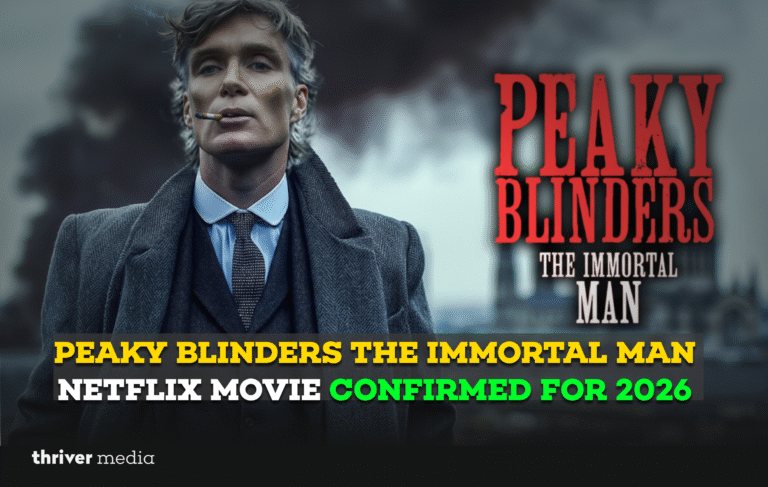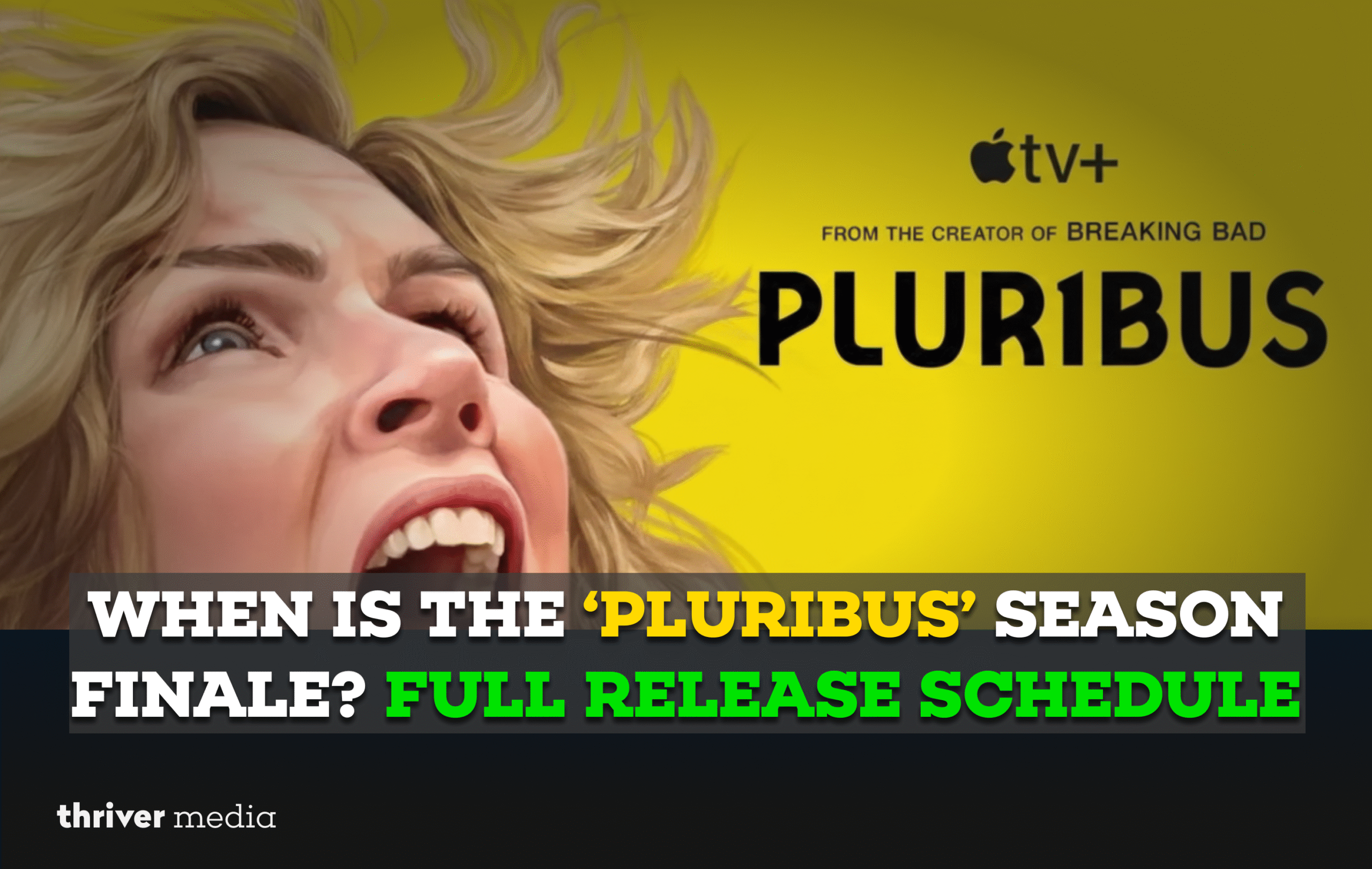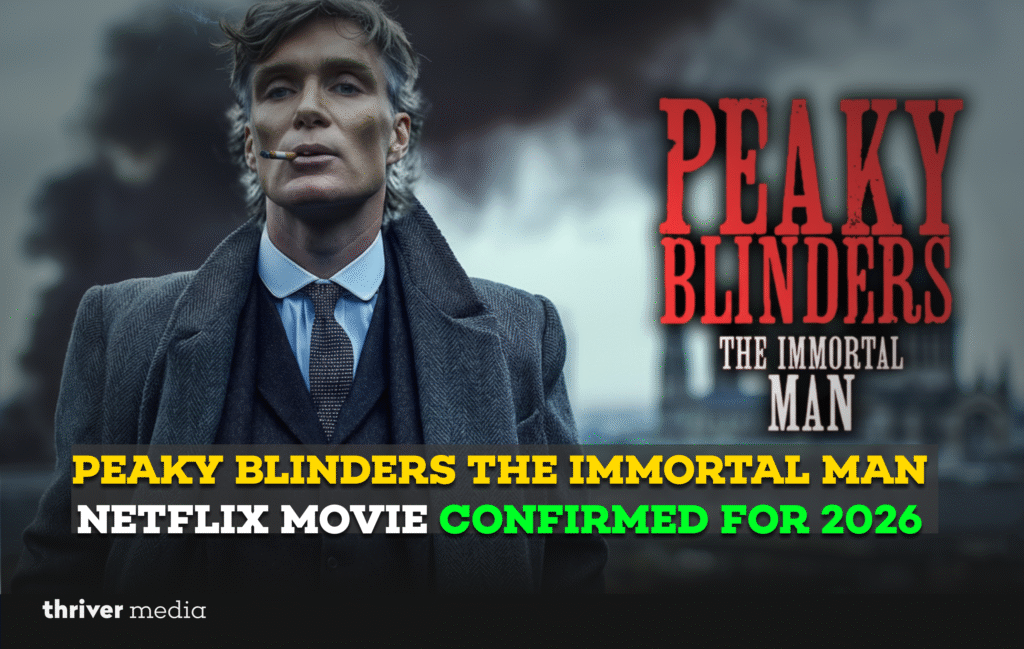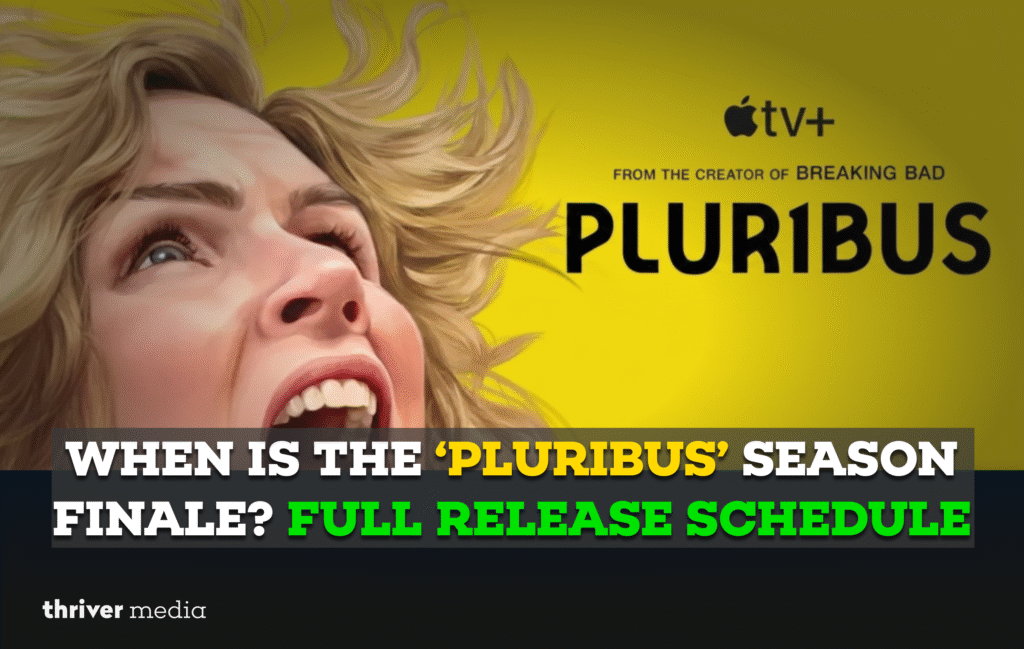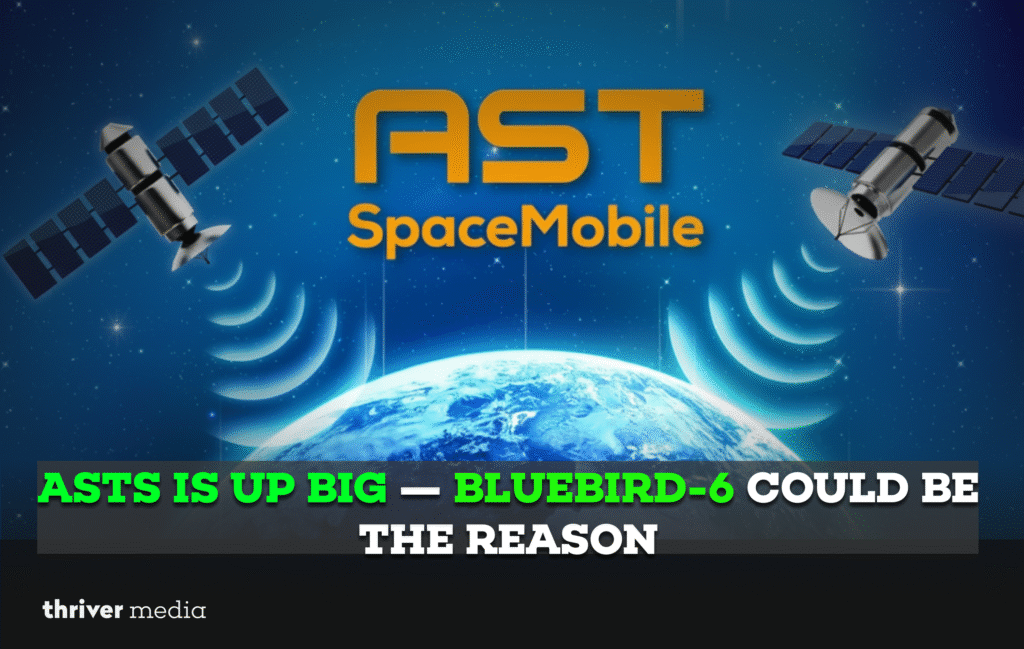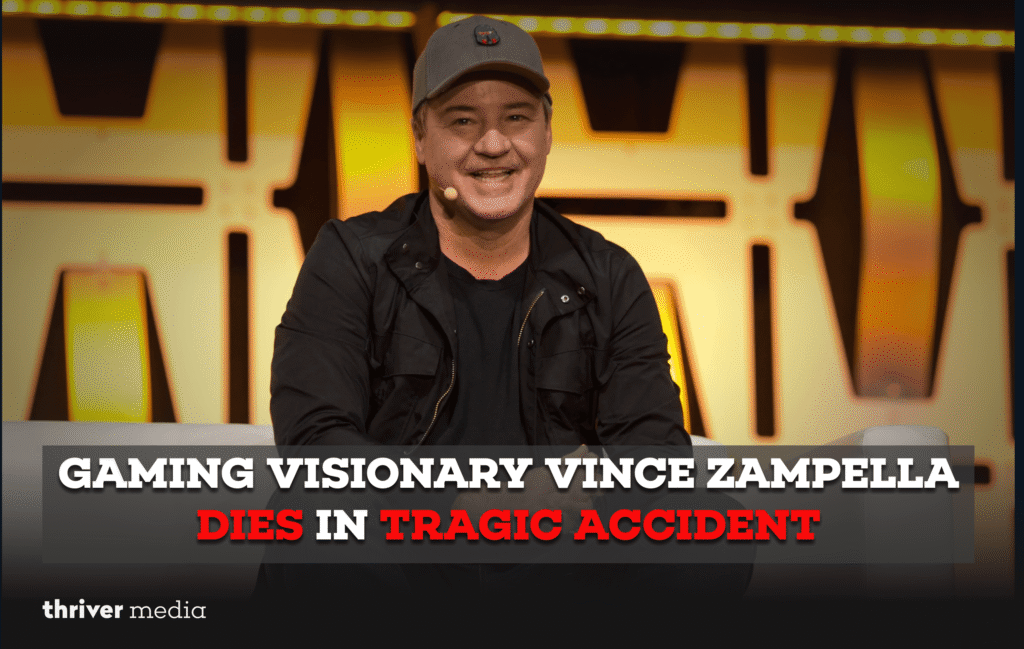What causes government shutdowns? This guide explains the budget impasse, political stalemates, and procedures that trigger these events.
When news breaks of a potential U.S. government shutdown, it often comes with a sense of political chaos and confusion. While the consequences are clear—furloughed workers, closed services, and widespread disruption—the root causes can seem opaque.
At its core, a government shutdown is a dramatic symptom of a simple, recurring problem: a failure to agree on how to fund the federal government. So, what causes government shutdowns? The answer lies in a complex blend of law, politics, and brinksmanship.
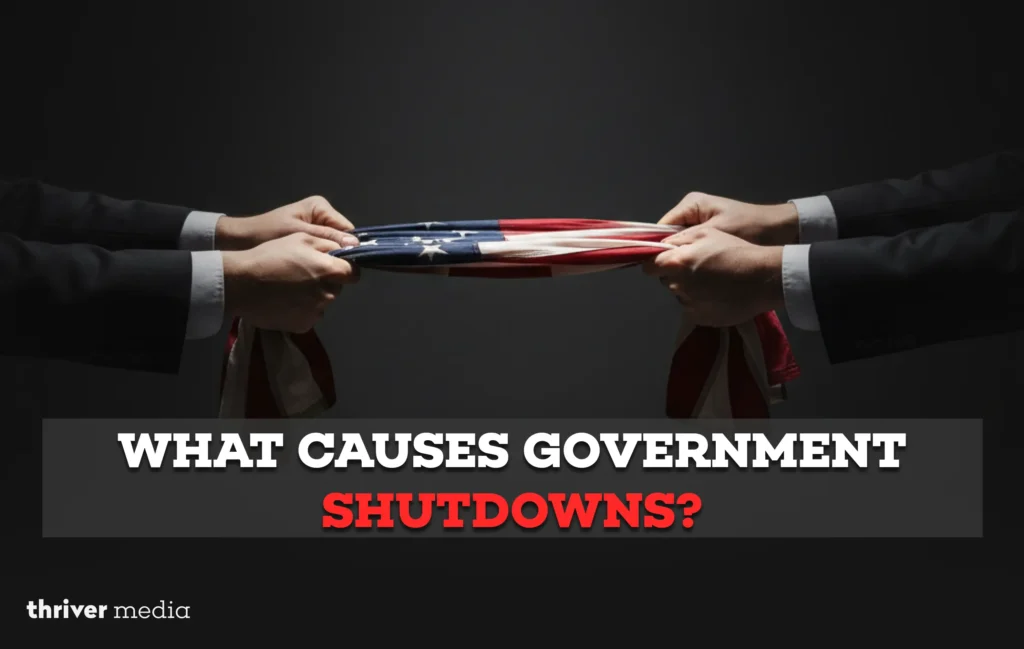
The Legal Trigger: The Antideficiency Act
The modern mechanism for government shutdowns is rooted in the Antideficiency Act. Originally passed in 1884 and significantly updated in the 1980s, this law prohibits federal agencies from spending or obligating money without an appropriation from Congress.
In simple terms, the executive branch cannot spend money it doesn’t have the legal authority to spend. When Congress fails to pass the necessary spending bills, that legal authority lapses, and non-essential government functions must cease. This legal backdrop is the foundational cause of all modern government shutdowns.
The Annual Budget Process (And Where It Breaks Down)
To understand why funding lapses, it’s essential to see where the standard process fails. The ideal, orderly budget process is as follows:
- The President’s Budget: The White House submits a detailed budget request to Congress, outlining its funding priorities.
- Congressional Appropriations: Congress, through its appropriations committees, drafts and is supposed to pass 12 separate spending bills that fund different sectors of the government (e.g., Defense, Homeland Security, Health and Human Services).
- Passage and Enactment: Both the House and Senate must pass these bills, reconcile any differences, and send them to the president to be signed into law before the start of the new fiscal year on October 1.
This is where the impasse begins. This process is almost never completed on time. Political divisions, competing priorities, and election-year posturing frequently prevent all 12 bills from being passed by the deadline.
The Stopgap and the Stalemate
When it becomes clear the regular bills won’t be ready, Congress turns to a short-term funding patch known as a “Continuing Resolution,” or CR. A CR essentially extends current funding levels for a set period, buying more time for negotiations.
The shutdown occurs when Congress cannot even agree on a CR.
The stalemate over a CR is the direct catalyst for a shutdown. This is not merely a disagreement over numbers; it is a high-stakes political battle where both parties use the threat of a shutdown as leverage to achieve policy goals. The key areas of conflict include:
- Policy Riders: One party may insert controversial, unrelated policy provisions into a must-pass funding bill. For example, a debate over funding for a border wall or, as in the current 2025 standoff, the extension of healthcare subsidies, can halt the entire process.
- Spending Levels: Fundamental disagreements over how much money should be spent overall, or on specific programs, can prevent a deal. One side may demand increased domestic spending, while the other insists on deeper cuts.
- Political Brinksmanship: Sometimes, a faction within Congress may force a shutdown to make a political point or to demonstrate their influence, believing the potential backlash will be worth the political victory.
A Brief History of Causes
Looking at past government shutdowns illustrates these recurring themes:
- 1995-1996: A major clash between President Bill Clinton and a new Republican Congress over proposed cuts to Medicare, education, and the environment.
- 2013: A Republican-led effort to defund or delay the Affordable Care Act (Obamacare).
- 2018-2019: The longest shutdown in history, triggered by a dispute over funding for a wall on the U.S.-Mexico border.
In each case, a specific, high-profile policy disagreement was weaponized within the funding process, leading to a full-blown impasse.
Ultimately, government shutdowns are not an accident of the system; they are a predictable outcome when political negotiation fails. They are a powerful, albeit disruptive, tool in a constitutional system designed with checks and balances, where compromise is necessary—but not always guaranteed.
Disclaimer: The news and information presented on our platform, Thriver Media, are curated from verified and authentic sources, including major news agencies and official channels.
Want more? Subscribe to Thriver Media and never miss a beat.



